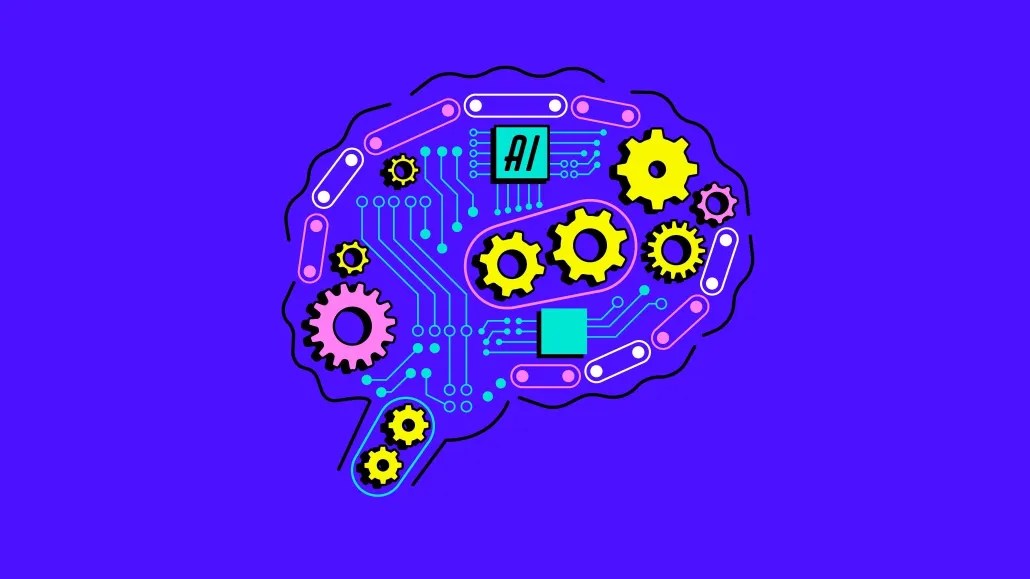By Antoinette Siu • September 11, 2024 •

With the help of artificial intelligence, media agencies are analyzing emotions detected in streaming content to contextually align their ads, with the hopes of improving outcomes from attention to ad recall.
Agencies hope that generative AI tools will help them perceive and log the emotions and context of the content on a scene level, be it a show or movie, to help transition ad breaks with a better fit in tone, volume, message and imagery. Imagine watching an intense, emotional scene in “The Walking Dead” slowly building up — only to break into a loud, aggressive car commercial.
Alternately, they can create a better segue during scenes of the movie “Up,” and then weave in appropriate creative assets showing family photos or human connection.
“That’s all part of the psychological [and] biological model that we’re using,” said Ron Gutman, CEO of Wurl, a CTV company developing emotional signals and partnering with agencies including Monks (previously Media.Monks) and PMG.
Monks’ engagement results
Monks partnered with Wurl about a year ago as more clients expanded into CTV and showed interest in emotional resonance tools, explained Victoria Milo, svp of global media solutions and emerging technologies at Monks.
Monks was one of Wurl’s first beta testers for its BrandDiscovery product, which uses generative AI to align ads and content.
At the time, Monks wanted to build a CTV campaign to broaden the audience and boost brand awareness and purchase intent for a financial services client. The tool analyzed the client’s creatives and scored everything based on emotional resonance, which the platform developed from the psychological tool Plutchik’s Wheel of Emotions and includes feelings like joy, trust and disgust. In real-time, the AI identifies signals around text, tones and sounds of the content right before the ad break and runs the appropriate ad from a list of set inventory.
“We want the content to actually have staying power and continue the conversation, whether it’s on organic channels [and to] continue and amplify what the message is,” Milo told Digiday.
After timing ads with CTV programming, Monks saw emotion-based targeting and genre-based targeting increase the campaign’s brand awareness by 33%, brand favorability by 28% and purchase intent by 15%. Exact figures were not provided.
“When you’re aligning the content with how people are feeling in that moment — you’re going to connect at a deeper level,” Milo said.
Milo added that the agency is continuing to test other work using emotional scoring, some of which are built in-house and being developed within Monks.Flow, the agency’s AI-driven suite of tools for marketing activities.
Improving targeting and measurement
Some media agencies are also hopeful that AI may be able to help with measurement and standardization challenges in CTV. PMG, for example, is using AI in CTV campaign targeting and optimization.
“Walled gardens and IP churn limit the ability to track a growing share of our media plan, but AI can help us understand the full-funnel impact of CTV media through probabilistic modeling and incrementality measurement,” said Doug Paladino, programmatic media director at PMG.
Mediassociates, a full-service media agency, said AI has helped model incremental lift as a part of larger media plans, alongside the outside environmental variables that affect results, said Ben Kunz, chief strategy officer at full-service media agency Mediassociates.
“CTV is scattered,” Kunz said. “Planning CTV advertising is like packing clothes for vacation in 30 different shoeboxes. A CTV plan may include Hulu, Roku, Amazon Fire, YouTube TV and Pluto — each hosting content from a menagerie of networks.”
Over time, implementing AI may also support greater continuity in marrying media and creative, argued Monks’ Milo. It’s another way for agencies and brands to understand the emotional relevance of their content and ensure that creative is matching their media strategies as things unfold in real-time.
“These are the core attributes, considerations and the emotional connection points that you want to have with your consumers,” Milo said.
https://digiday.com/?p=554885
